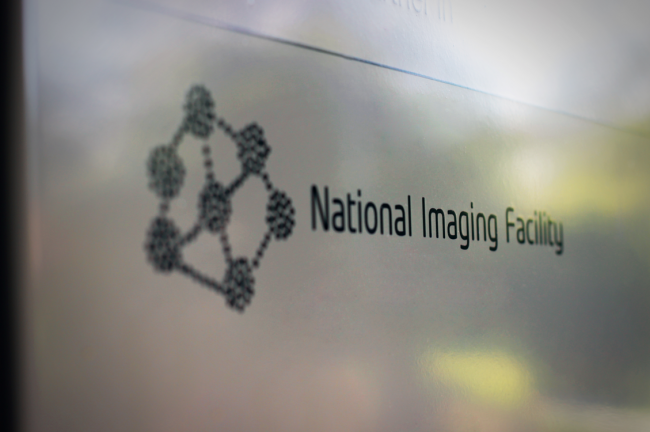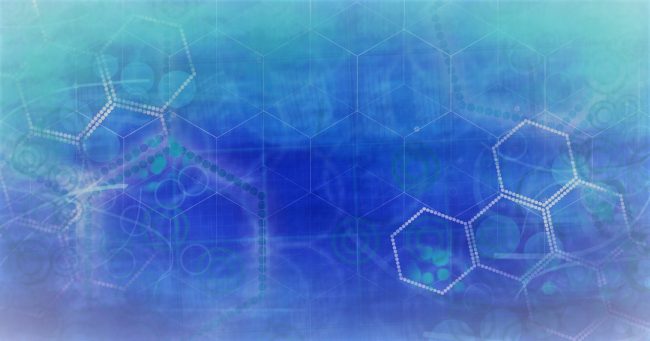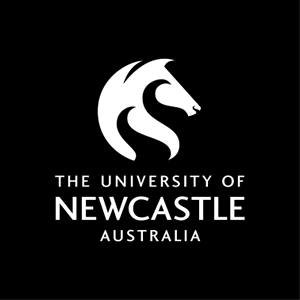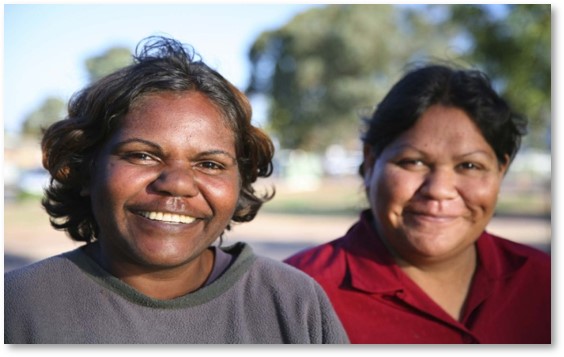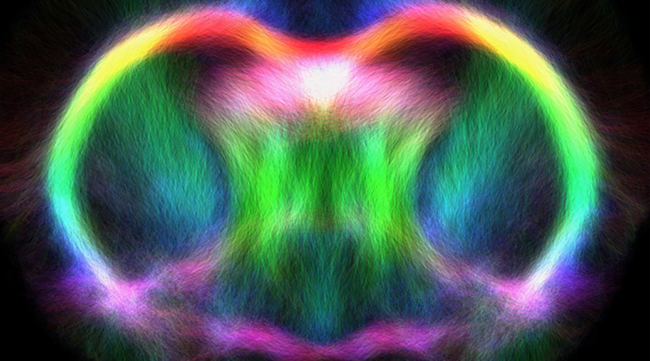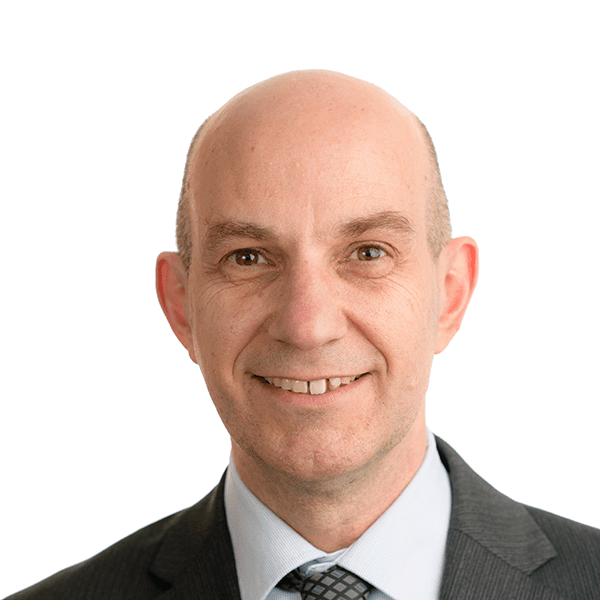Message from the CEO: 2021 in review and thank you
Dear colleagues
As we wrap up our activities in 2021, I wanted to take the opportunity to look back at some of our key achievements over the past year, acknowledge the impactful work of our cutting-edge network of teams across Australia and thank you for your contribution to NIF.
The National Imaging Facility (NIF) provides state-of-the-art facilities and services that support critical leading-edge innovation and research, but our capability is much more than these instruments and equipment. The NIF network is privileged to comprise of a range of highly skilled experts across our Nodes, enabling projects that have the potential to improve Australia’s standard of living and strengthen our economic standing. As a network, we provide capabilities that underpin nationally significant and impactful research, which translates to products and benefits for the Australian public.
The NIF network grew this year with new partners, La Trobe University and the Olivia Newton-John Cancer Research Institute, Macquarie University, and the University of Newcastle and the Hunter Medical Research Institute, joining to expand vital opportunities for synergy within NIF’s research capabilities.
Over the past year, NIF facilities have: performed preclinical testing of a ground-breaking and simple to use ‘field ventilator’, helped underpin the development of the first disease modifying therapy for AD approved by the FDA, congratulated the team behind one of TIME Magazine’s Best Inventions of 2021, Synchron’s Stentrode which was tested on one of our 7T instruments, and we partnered with Global BioImaging to deliver a series of webinars exploring applications of biomedical imaging in health and disease.
Thank you to the NIF Board and its Chair, Prof Margaret Harding, Partner Advisory Committee, Scientific Advisory Committee and Fellows for your essential support and contribution to making cutting-edge imaging capabilities accessible to Australian researchers. Your commitment and expertise are vital to enabling Australian imaging science to unlock solutions to major challenges emerging on a global scale. Special thanks to the team at NIF Central, particularly Saba and Bec for their outstanding work during a challenging year, and a warm welcome to Alex. In the new year, we look forward to welcoming new members of the NIF Central team.
Finally, I’d like to extend my thanks to you all for welcoming me to the NIF in June this year. It has been a privilege to step into the role of Chief Executive Officer. Over the past year, NIF has evolved through some significant changes, and we have all continued to adapt our work to continue at the forefront of research and service delivery in parallel with the ongoing effects of the global pandemic. Planning is underway for the next stages of growth and development for the NIF, particularly as we respond to the exposure draft of the 2021 National Research Infrastructure Roadmap, enabling Australia to maintain its research excellence, increase innovation and address emerging research challenges. As we look to the future, I am confident the work our dedicated teams throughout the country are undertaking now is positioning the NIF in excellent stead for 2022.
The NIF office will shut down from 22 December to 10 January. With the reopening of the State borders, I look forward to the opportunity to spend more time meeting in person in 2022. My warmest wishes for an enjoyable and safe Christmas break, and I look forward to working with you all next year.
Thank you for your contributions to NIF.
Wojtek Goscinski
Chief Executive Officer


